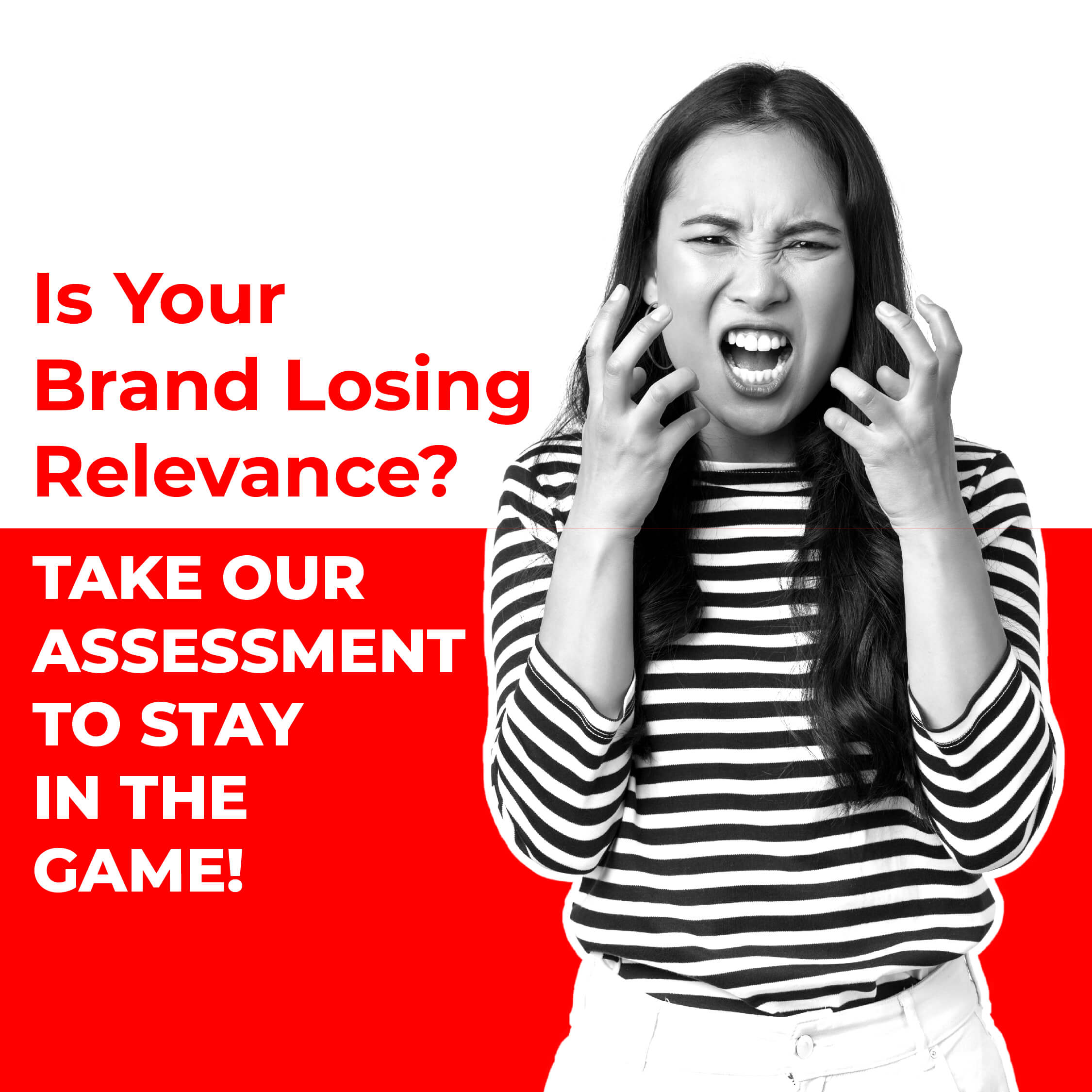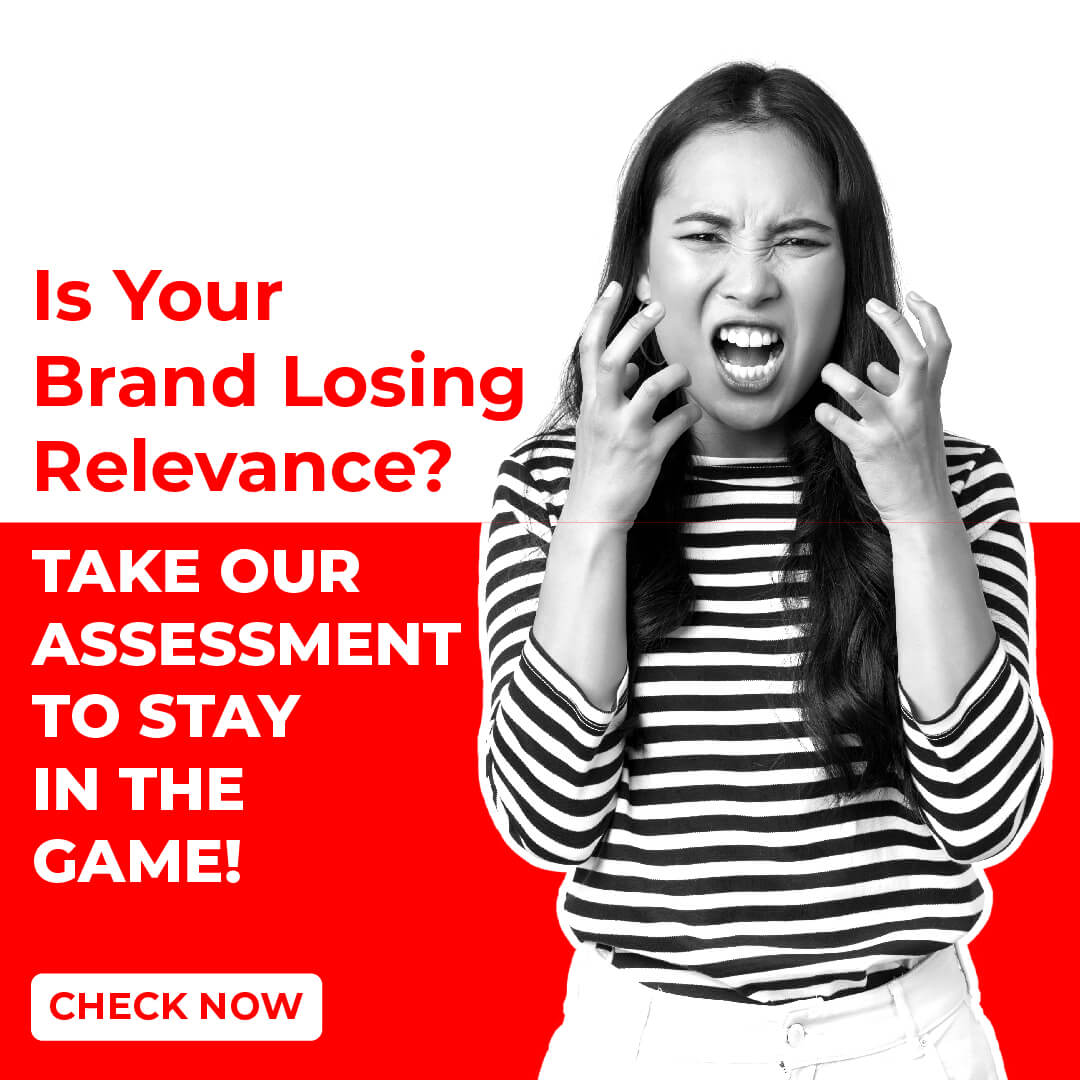
“Have you ever thought about how powerful slogans can be? When you think about it as a set of words businesses use to communicate their brand identity and value to the consumers, it doesn’t sound like much. But then I remembered how I know an entire song about detergent, which is strange for someone who doesn’t even do their laundry. And if you think I’m the only one, try reading “Washing powder Nirma, Doodh si safedi, Nirma se aayi, rangeen Kapda bhi khil khil jaye…” without singing or humming to it. Be it a random detergent or a 2-minute instant noodle brand (you know which one I’m talking about), certain slogans and jingles just stick in our heads. And while it may seem just like a catchy tune, often the same quality might influence a consumer to purchase that product the next time they see it in the supermarket. Pretty genius, right? Creating a good brand slogan is all about making sure you’re creating something that connects with your consumers in a way that can shape their perception of your brand.
Why does a good brand slogan matter?
A brand’s slogan is a representation of its essence and promise. Top brands in India understand the significance of slogans, which can greatly influence consumer affinity. I’m sure you’ve heard of the famous saying that goes “jo dikhta hai wo bikta hai” and this stands true especially in the world of marketing and advertising. Your brand isn’t what you say it is, it’s what your audience decides it is from the messaging that you communicate and that’s exactly why a solid brand slogan matters as it shapes that perception of what people will say about your brand and what resonates with the most about it. Research has shown that individuals are more likely to invest in things that they can easily retrieve from their memory. this cognitive bias is known as the availability heuristic. Brand slogans use this by creating catchy phrases that people can remember quickly. A brand’s slogan is like a verbal version of its strategy and what it stands for. Top brands in India know how important slogans are, and they can make people really like a brand. Indian brands are great at making slogans that people remember and recognize, and there’s a lot to learn from their success.
1. How culturally relevant is it to your audience?
Do you know why Indian brand slogans are so effective? From the background music to the stars saying it, to the colors used to curate them, they are all relevant to our Indian culture. They touch on all of the emotional aspects of our unique yet collective experiences. For example, Surf Excel’s “Daag acche hai” works because it evokes a sense of nostalgia and playing in the dirt as a child which is an experience most of us can resonate with. A slogan needs to be relevant and authentic to be effective where you can touch your audience’s desires, problems, pain points, fears, and goals and show how you can contribute to them. Your slogan should be a genuine promise to your consumers which needs to be authentic and consistent to create strong connections with consumers. Whether it’s nostalgia, patriotism, or humor, these slogans provoke powerful emotional responses that connect with a wide range of people. Take the Indian Army’s slogan, “Do you have it in you?” for example. It effectively taps into people’s feelings of pride and patriotism, positioning the brand as a symbol of strength and bravery. With its direct questioning and empowerment, the slogan leaves a lasting impact on consumers. Another example is Amul’s slogan “The Taste of India” which resonates with consumers by emphasizing its use of locally sourced ingredients and evoking feelings of pride and nostalgia. By incorporating cultural references, Amul has successfully positioned itself as a brand that is deeply ingrained in Indian society, attracting loyal customers who appreciate authenticity and tradition
2. Is it clear and crisp enough?
Your tagline should scratch that itch at the back of your customer’s heads that they could reach. Being clear and concise ensures the essence of your brand is communicated clearly in as few words as possible. A tagline should be just long enough to convey the message while being short enough to be remembered. Concise sentences and paragraphs hold your audience’s attention and help them focus on your MAIN POINT while providing a sense of satisfaction to the consumer who is being presented with just right words that are articulate and appropriate rather than being forced to read a sentence that could’ve been said in one word. Ensure that you are clear with your message without beating around the bush, keeping it as accurate as possible. The messaging of your brand should be inclusive to your audience in a way that anyone outside the industry could resonate with it as well, if the general audience doesn’t get it, then it’s probably too vague. Hence using plain simple terms rather than complicated technical words is a good idea as too many unexplained words might negatively impact your readability and result in the audience losing interest. Prioritise clarity and precision rather than sounding smart or fancy, the idea is to stay true to your brand rather than sugar-coating it.
3. Don’t just be noticed, be remembered
In a crowded marketplace, don’t overcomplicate it. We just talked about the importance of being concise, but being concise isn’t going to be memorable unless it’s catchy. For a tagline to be catchy, it must grab the audience’s attention with action words that resonate with your consumer’s priorities. Going back to the concept of availability heuristic, we have already established that consumers invest in options they can easily recall. By doing so, these slogans increase the likelihood that consumers will think of the brand when making purchasing decisions related to the product or service being advertised. Being noticed is just the first step, but being remembered ensures that the brand stays in the consumer’s mind for a long time. For instance, Amul’s slogan “Utterly Butterly Delicious” not only caught the attention of consumers but has also been deeply ingrained in their memory. Whenever people think of butter or dairy products, the catchy and memorable slogan of Amul naturally comes to mind. Brand slogans are designed to be catchy and memorable. They often use rhymes, alliteration, or simple language to make them easy to remember. For example, Nike’s “Just Do It” or McDonald’s “I’m Lovin‘ It” are slogans that stick in people’s minds because they are short, simple, and easy to recall.
4. Be distinctive and competitive
A good slogan shows customers what makes it special and why it’s worth choosing. With so many options out there, your slogan needs to be unique and stand out. It should set your brand apart from the competition and emphasize what makes you better. A great slogan is original and avoids using clichés, generic phrases, or vague claims. It should highlight your brand’s strengths, values, or innovations, and explain how you’re different from others. A distinctive and competitive tagline can grab your audience’s attention and get them interested in what you offer. For example, brands like Lifebuoy use slogans like “Lifebuoy hai jahan, tandrusti hai wahan” to emphasize the health benefits of their products and build trust with consumers. Similarly, KitKat’s slogan “Have a Break, Have a KitKat” clearly promises a break from the daily routine, making it stand out to consumers.
5. Keep trying to upgrade and adapt
Testing and adapting are crucial for an effective brand tagline. You want your tagline to be versatile, scalable, and work well across different channels and platforms. It should be easy to customize and modify based on your marketing goals and campaigns. A flexible tagline allows you to create variations that complement your main tagline, helping you optimize your brand communication and engagement. After drafting a tagline, it’s important to seek feedback from internal teams or loyal customers. Periodically reassess its relevance and be open to tweaking it to stay aligned with current market needs. Successful brand slogans are the result of thorough testing and refinement. India’s top brands invest in market research and consumer feedback to ensure their slogans resonate with their target audience. By continuously testing different versions and gathering insights, brands can tailor their messaging for maximum impact. For example, Fevicol, a widely recognized adhesive brand in India, initially used the slogan “Fevicol ka jod hai, tootega nahi” (If it’s Fevicol’s bond, it won’t break). However, after rigorous testing and iteration, the brand settled on the iconic slogan “Fevicol ka mazboot jod hai, tootega nahi” (Fevicol’s bond is strong, it won’t break), which has now become synonymous with the brand.
Conclusion
In conclusion, the process of creating a memorable brand slogan is a thoughtful and creative endeavor. Indian top brands have successfully mastered this skill by crafting slogans that truly reflect their brand and deeply resonate with consumers. These slogans, through their cultural relevance, simplicity, and emotional impact, make a lasting impression on consumers, fostering loyalty and affinity toward the brand. By studying the principles behind these renowned slogans, marketers can effectively utilize language to enhance their brand communication and establish a stronger connection with their target audience.


Post Comment